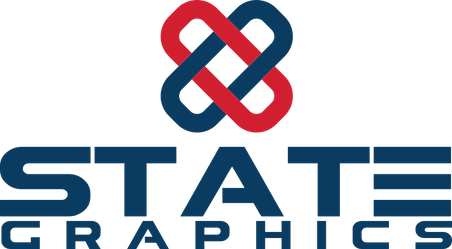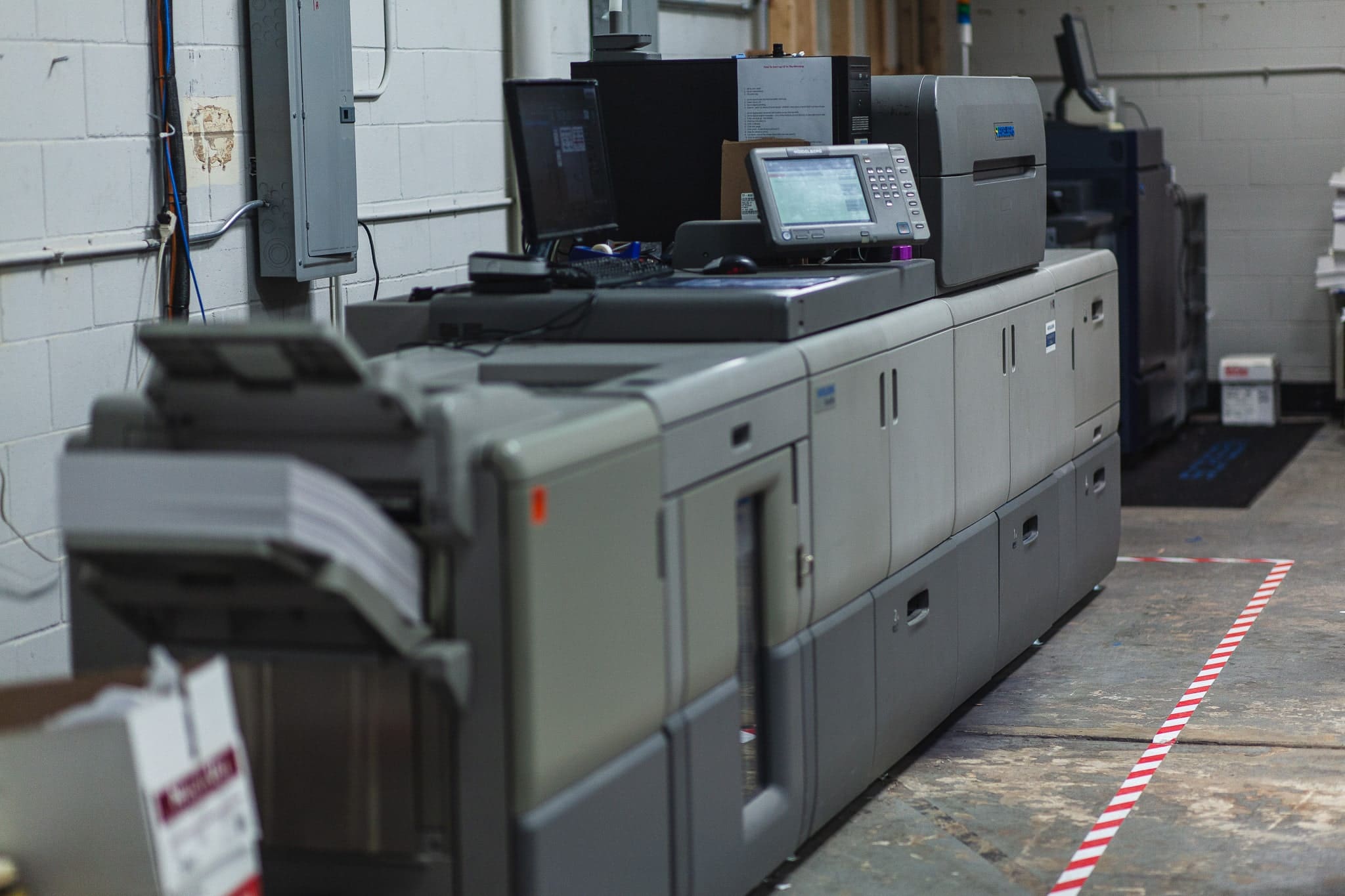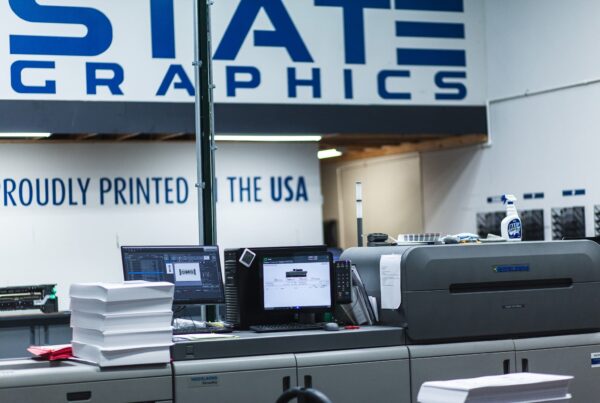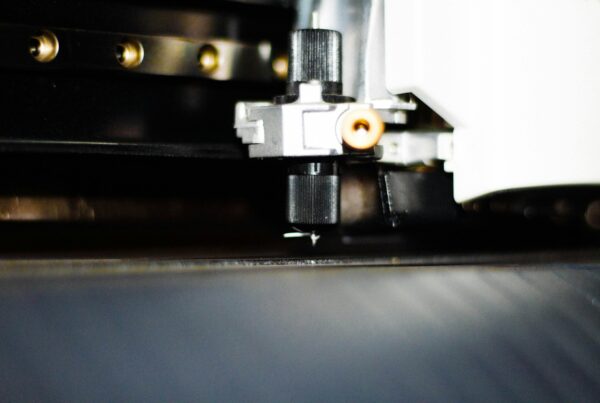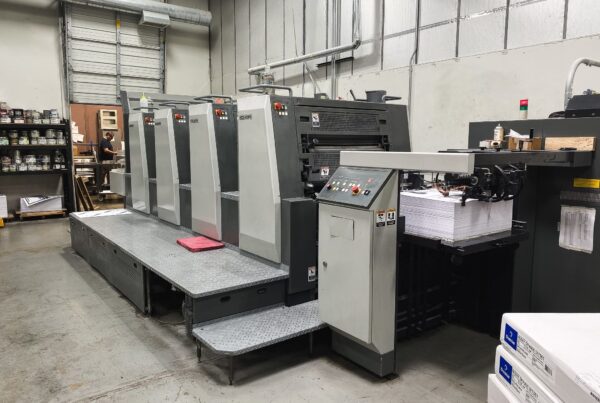Key Takeaways:
- Custom digital printing solutions offer unmatched flexibility for short runs, personalized printing, and quick turnarounds without the setup costs of traditional printing methods.
- Three main technologies drive digital printing: laser/toner systems (best for sharp text), inkjet systems (superior for photos), and LED printing (energy efficient with consistent quality).
- Proper file preparation is crucial: use PDF format when possible, ensure 300 dpi resolution for standard printing, and convert all images to CMYK color space.
- Digital printing works with diverse materials from standard paper to specialty substrates, with paper weights typically ranging from 20 lb. bond to 130 lb. cover stock.
- Variable Data Printing (VDP) enables mass customization of marketing materials, allowing each piece to be personalized while maintaining production efficiency.
Digital Printing FAQ
Can digital match offset quality?
Today’s custom digital printing solutions produce results that rival offset quality for most applications. While offset printing may still have a slight edge for certain specialty jobs, digital printing excels in color vibrancy and consistency, especially for standard commercial printing needs.
How consistent are colors between different digital printing runs runs?
Digital printing maintains excellent color consistency between runs through sophisticated color management systems and regular calibration. We perform daily color checks and maintain strict quality control processes to ensure your brand colors remain consistent across all your printed materials.
What resolution can I expect for my digital print run?
Our digital presses produce sharp, clear images at 2400 x 2400 dpi. For most commercial applications, we recommend providing files at 300 dpi, which ensures excellent print quality while maintaining manageable file sizes.
What quantities make sense for a digital print run?
Custom digital printing solutions are most cost-effective for quantities under 500 pieces. They eliminate plate costs and setup fees, making them ideal for short runs, rush jobs, and projects requiring personalization. For larger quantities, we can assess whether offset printing might be more economical.
How can I optimize my digital print project for cost?
To optimize costs, consider standardizing sizes, using house stocks, planning ahead to avoid rush charges, and combining multiple projects in a single order. We can also help you choose the most cost-effective paper options that still meet your quality requirements.
What factors affects digital printing pricing?
Several factors influence pricing: quantity, paper choice, color coverage, finishing requirements (like folding or binding), turnaround time, and whether you need variable data printing. We can help you balance these factors to meet your budget.
What papers work best for digital print projects?
Digital print work well with most standard and premium papers. Coated stocks provide the most vibrant colors, while uncoated papers offer a more traditional look and feel. We maintain an extensive selection of house stocks that provide excellent results for most projects.
Can you print on specialty materials?
Yes, our digital presses can handle a wide range of specialty materials including synthetic papers, magnetic stock, window clings, and various adhesive substrates. We can help you select appropriate materials based on your project’s requirements.
How do I choose the right paper stock for my digital print project?
The right stock depends on your project’s purpose, budget, and intended use. We can provide samples and recommendations based on factors like image requirements, handling needs, and environmental conditions the printed piece will encounter.
Do you offer design services?
Yes, our in-house design team can help with everything from simple layout adjustments to complete design projects. We can work from your existing brand guidelines or help develop new creative solutions for your printing needs.
Do you offer variable data printing?
We offer comprehensive variable data printing services, allowing you to personalize each piece with unique text, images, or codes. Our team can help you prepare your data and design templates for successful variable printing projects.
Can you handle rush orders?
Yes, we offer rush services for many types of projects. Please contact us as early as possible with rush requests so we can best accommodate your timeline.
Call us at 847-215-2500 today!
Contact Us
We hope to hear from you! Visit our friendly people, or just give us a call. And if you’d like, use the contact form to send some more info!
Locations:
State Graphics – Wheeling
468 Diens Drive
Wheeling, IL 60090
Hours:
M-F 8:00AM-5:00PM
State Graphics – Lake Barrington
22292 N. Pepper Road, Unit C
Lake Barrington, IL 60010
Hours:
M-F 8:00AM-5:00PM
State Graphics – Highland Park
1500 Old Deerfield Road, Unit 5
Highland Park, IL 60035
Hours:
M-F 8:30AM-3:30PM
Email: sales@stategraphics.com
Facebook: https://www.facebook.com/stategraphics
